How to Grow Aronia Berries |
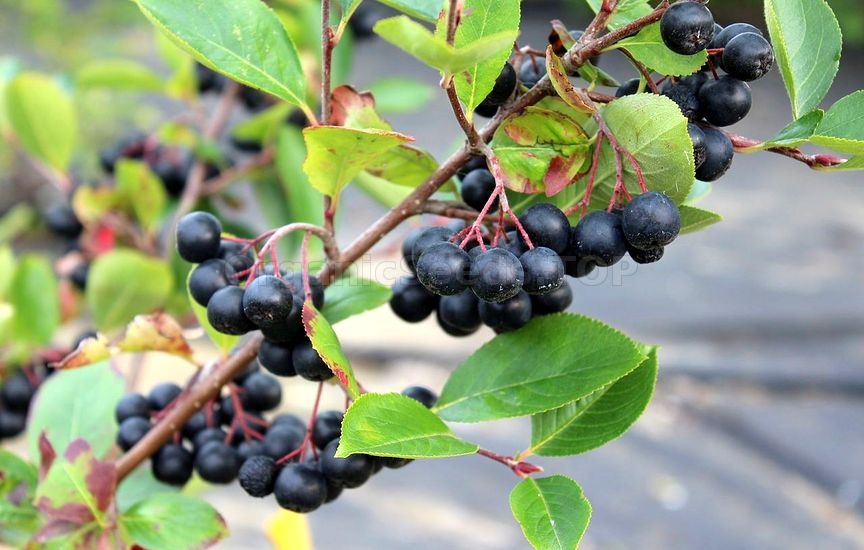 Aronia berries are a group of deciduous shrubs, also known as chokeberries, native to eastern North America. Chokeberries are often mistakenly called chokecherries. Aronia is commonly found in wet woods and swamps. Berries are consumed fresh, sometimes frozen and often processed as jam, wine, tea etc. Fruits are sour. Aronia is often named after fruit color:
Is native to eastern Canada and to the eastern and central United States. Red chokeberry plant is a thick shrub - stems grow from the roots. When grown in backyard garden, regular pruning is required to keep the plant under control. Red chokeberry grows up to 2–4 m tall and 1-2 m wide, flowers are pale pink, often fully white, with the red, 5-10 mm wide fruits, persisting into winter.
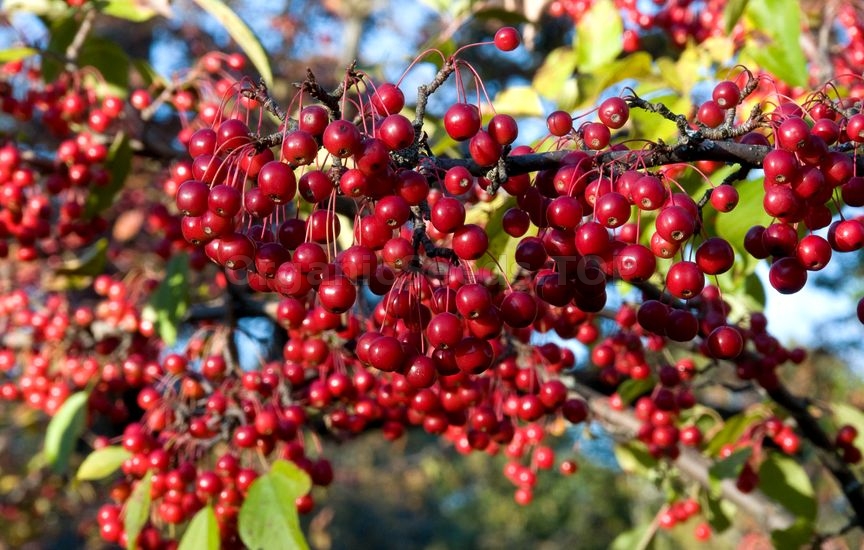
Is very similar to red chokeberry. It is also native to eastern Canada and to the eastern and central United States and plants grow in similar manner. Black chokeberries tend to be smaller than red chokeberries - they are rarely taller than 1 m, but as they spread by root sprouts, individual plants can be 3 m or more wide. The 1.5 cm wide flowers are white. The black chokeberries are black, 6–9 mm wide and not persisting into winter.
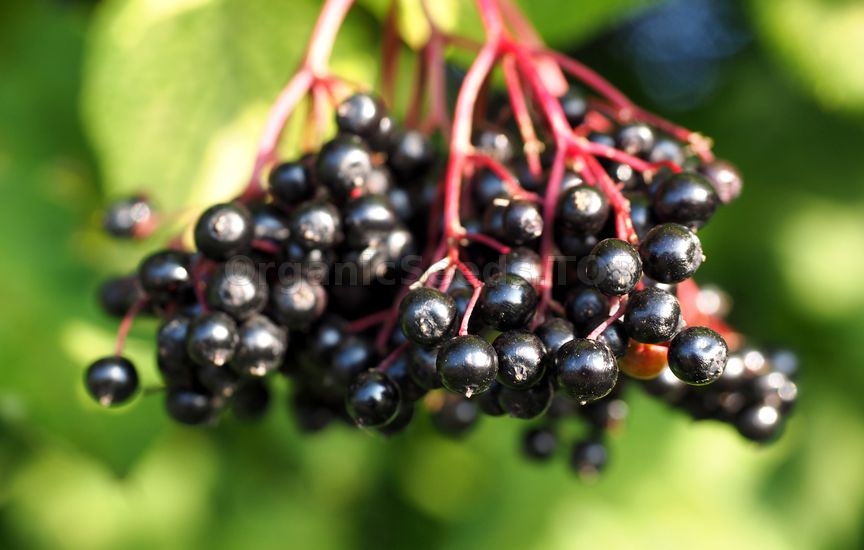
Like red and black chokeberries, purple chokeberries are native to eastern Canada and to the eastern and central United States. Some scientists consider purple chokeberry to be a hybrid, however, it grows in areas where neither parent is present - enough to be considered as a full species. Other than that, it is very similar to red and black chokeberry. The fruit is dark purple, almost black, 7–10 mm in width. The fruit is not persisting into winter.
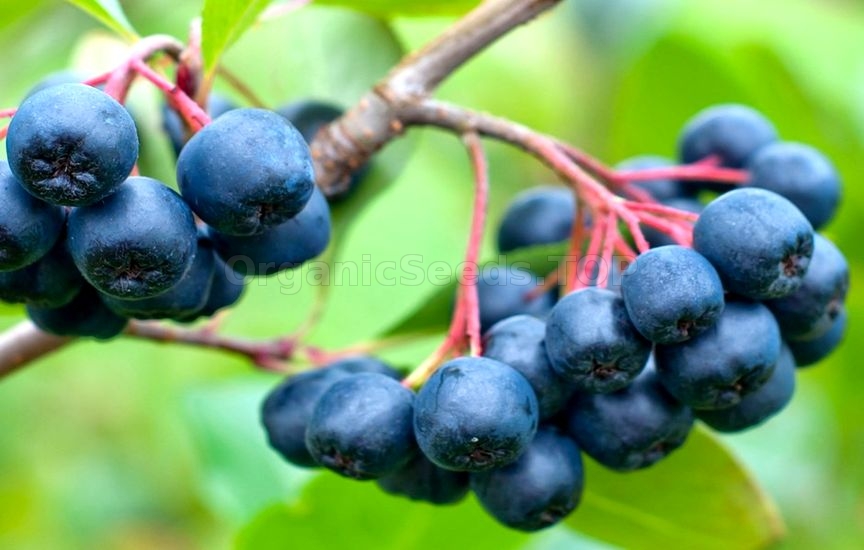 Note that there is also a Sorbaronia Mitschurinii species, sometimes also called Aronia Mitschurinii. Aronia Mitschurinii has been considered to be a group of cultivars of Aronia melanocarpa. This self-fertile species is more robust than wild populations of Aronia melanocarpa with broader leaves, and somewhat larger fruits. Aronia berries are very decorative plants that can be grown on wide varieties of locations and soil types. They are very resilient plants very resistant to drought, insects and diseases and can be grown even in the shade or half-shade of other trees. If grown for the fruits, consider positions with full sunlight. Most popular decorative cultivars are 'Brilliant' and 'Autumn magic', while most popular fruit cultivars are 'Viking' and 'Nero'. Proper Soil for Growing Aronia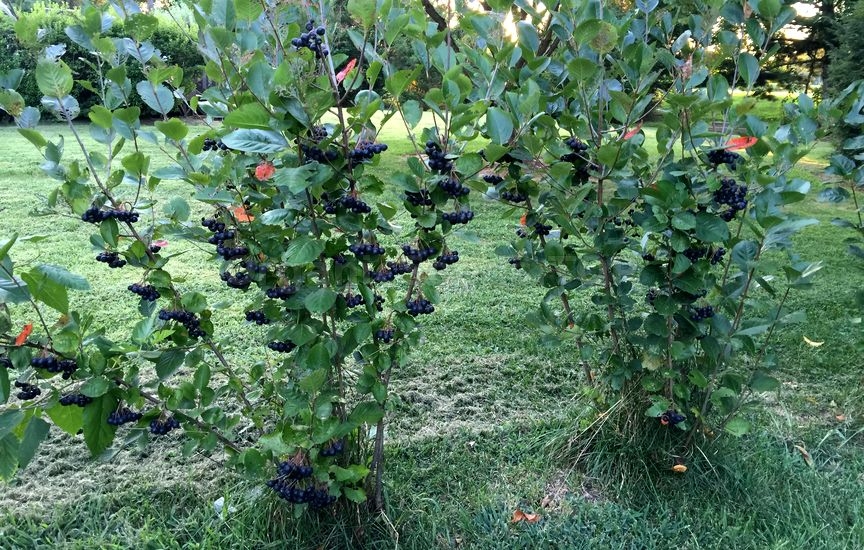 Soil pH - chokeberries can grow on the soil with pH between 5 and 8, however, they grow best with pH between 6 and 6.5 - slightly acidic.
Aronia tolerates waterlogged soil with slow drainage and when established it is resistant to drought, too. However, to increase fruit production and to keep fruit and plants healthy and strong, soil with good drainage is preferred with active dripping watering system during summer for keeping the soil moist. Soil preparation is very similar to the soil preparation of other berries - in the late autumn add aged manure and some compost/humus to the soil and dig in everything carefully. In late winter, again, add some aged manure, compost/humus and balanced NPK fertilizer (for example 10-10-10) with gradual release of nutrients and carefully till the soil. Aronia is 'wild' plant, so it doesn't require much - reason more to prepare the soil and make it rich in organic matter and nutrients. Of course, too much of something is not good, so keep fertilizers in moderation. If you use organic mulch around the shrubs and your soil is, generally speaking, rich in nutrients and organic matter, adding aged manure and some compost/humus annually is more than enough for aronia shrubs. Note that fertilizers like aged manure and humus/compost increase acidity of the soil, increase amount of organic matter and generally improves quality of the soil - if you have sandy or heavy soil, before planting aronia bushes, be sure to mix the soil with plenty of aged manure, humus/compost, peat and similar. In case of heavy soil, some sand can help improve drainage, but aronia tolerates even such soils. Obtaining Aronia Plants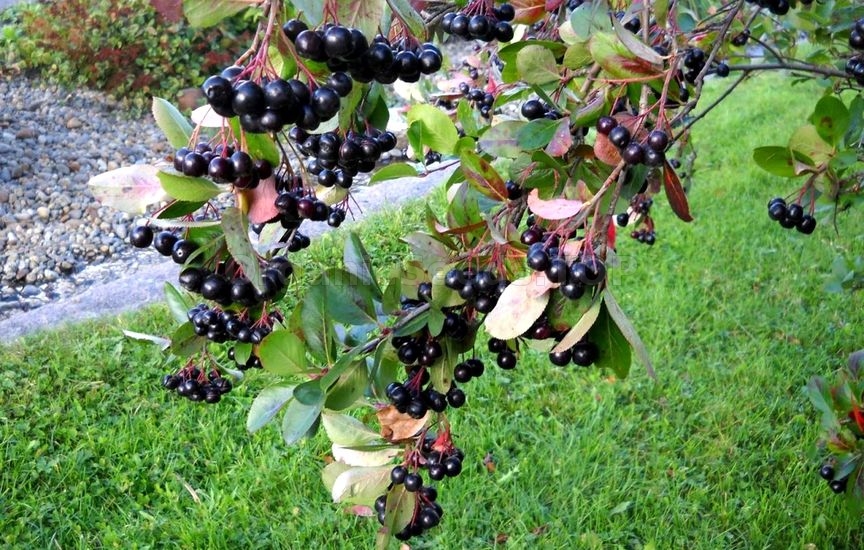 Aronia can be bought as two year plants in garden centers and nurseries. Such plants will produce some fruit very next year, with much larger harvest in later seasons. However, aronia can be transplanted by digging out a young stem with a part of root system - this is the easiest and obviously the cheapest method regardless if you are transplanting your own aronia, one found in the wilderness or aronia from someone's garden.
Also, aronia can be grown from the seeds - it takes some time and patience. Sow the seeds in flower pots in late autumn or during winter. Flower pots should be filled with good potting soil with some hydroton pebbles - hydroton pebbles are not required, but they help retain moisture for longer period of time. In spring, when small plants start to grow, remove all but one plant - of course, leave the best and the strongest one. Depending on the size of the pot, young aronia should be kept one or two seasons in the pot and then transplanted to the permanent location. In third season one can expect first fruits, with larger harvest in season four and later. If you like to experiment, feel free to order some seeds from on-line shops or garden centers. Pruning Aronia Plants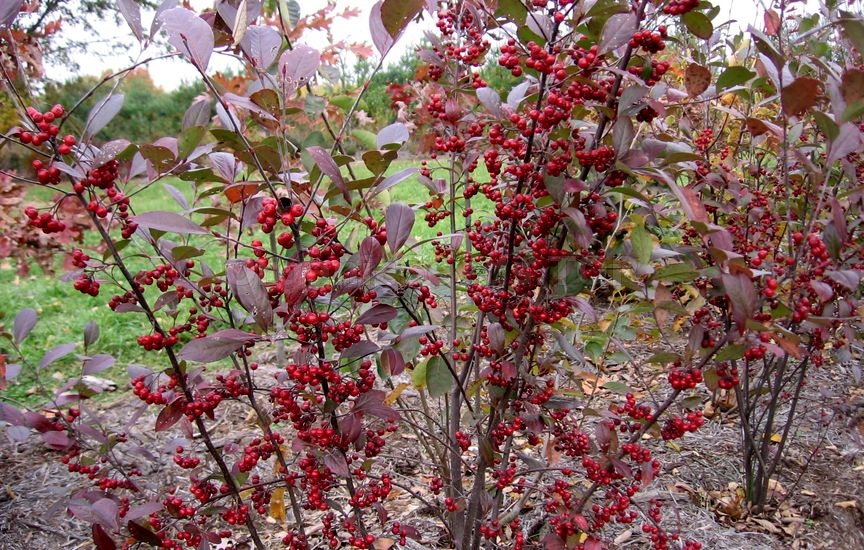 When pruning, remove everything which is dead, ill or branches that cross one another. Remove young stems that are growing from the soil outside desired area. Also, remove stems that are making aronia bush too thick. Other than that, there isn't much to prune, especially if the aronias are grown as decorative hedge.
Aronia or chokeberries are easy plants to grow and being self-pollinated can be grown as individual plants in small gardens and balconies. Being very resilient, they require little to no attention - some water during summer, some organic mulch to protect the soil from sun heat, pruning of dead branches and that is almost all. And in return, they provide gardener with plenty of tasty and very healthy berries that can be consumed raw or processed. If you have little area in your garden, even in shade, give aronia a chance. You may need:Black Chokeberry Seeds (Aronia melanocarpa)Elderberry Seeds (Sambucus nigra)Red Elderberry Seeds (Sambucus racemosa)«Ukrainian Spring» - Organic Guelder-rose Seeds (Viburnum opulus)Pawpaw Organic Seeds (Asimina triloba) |
|
|
